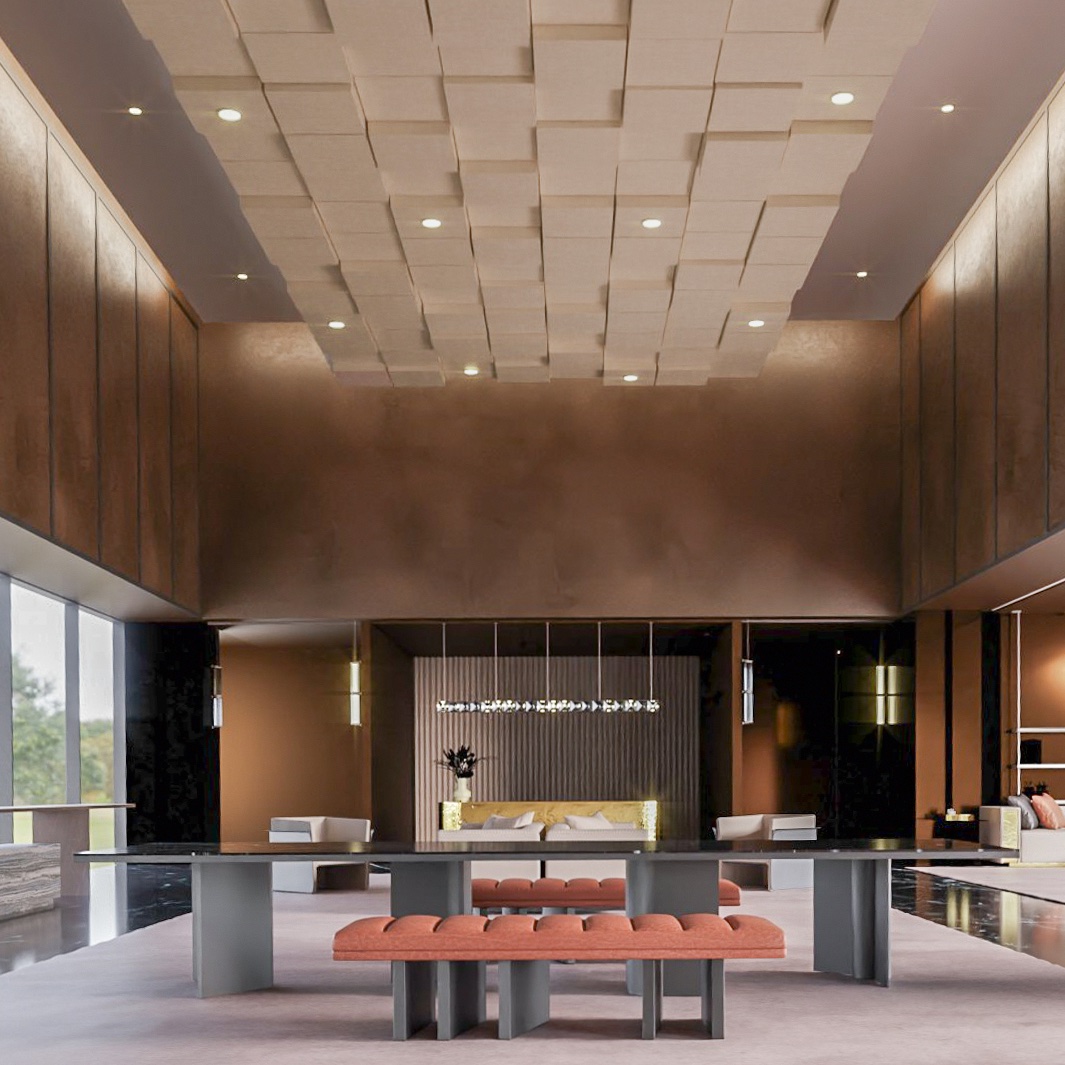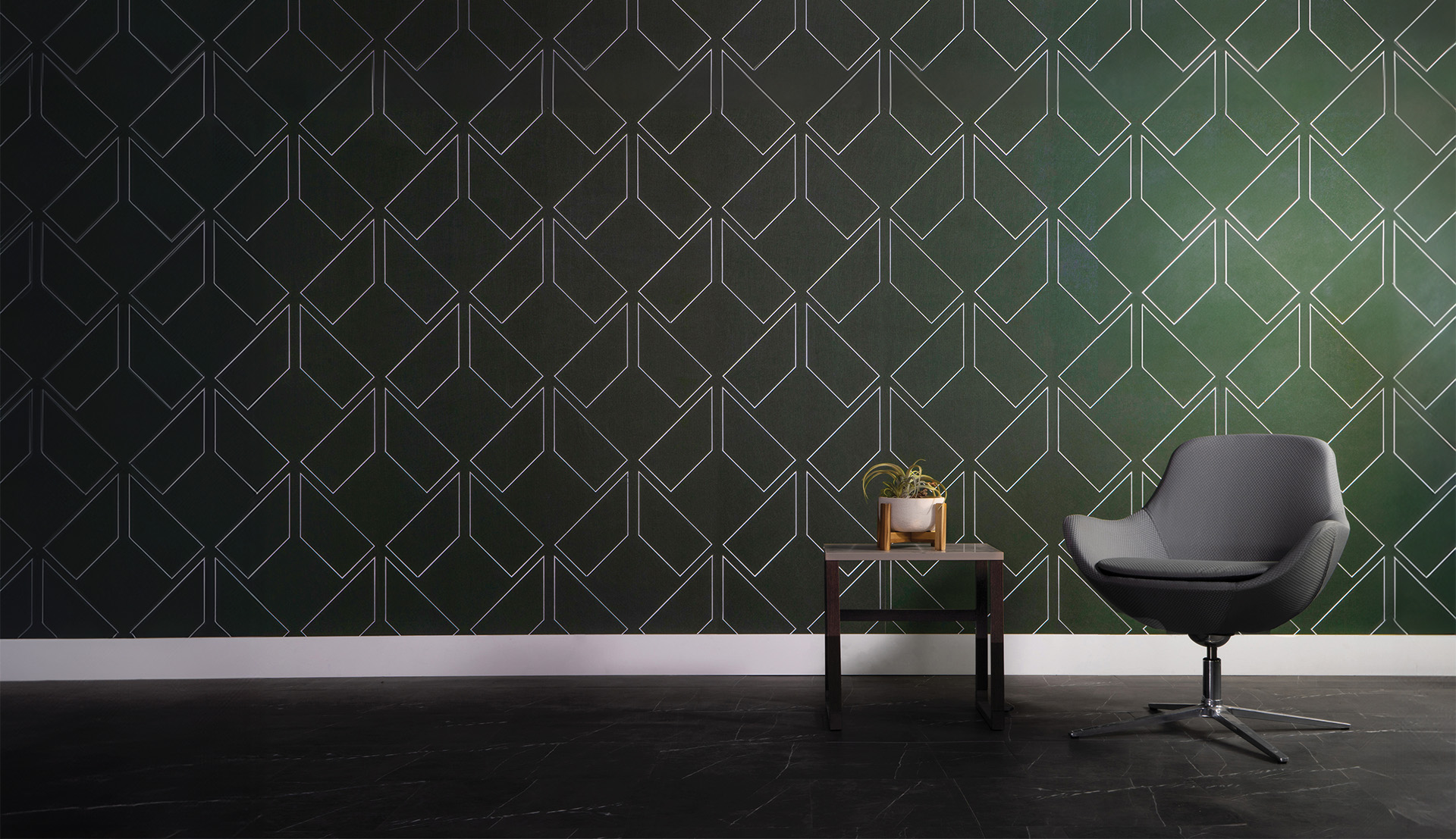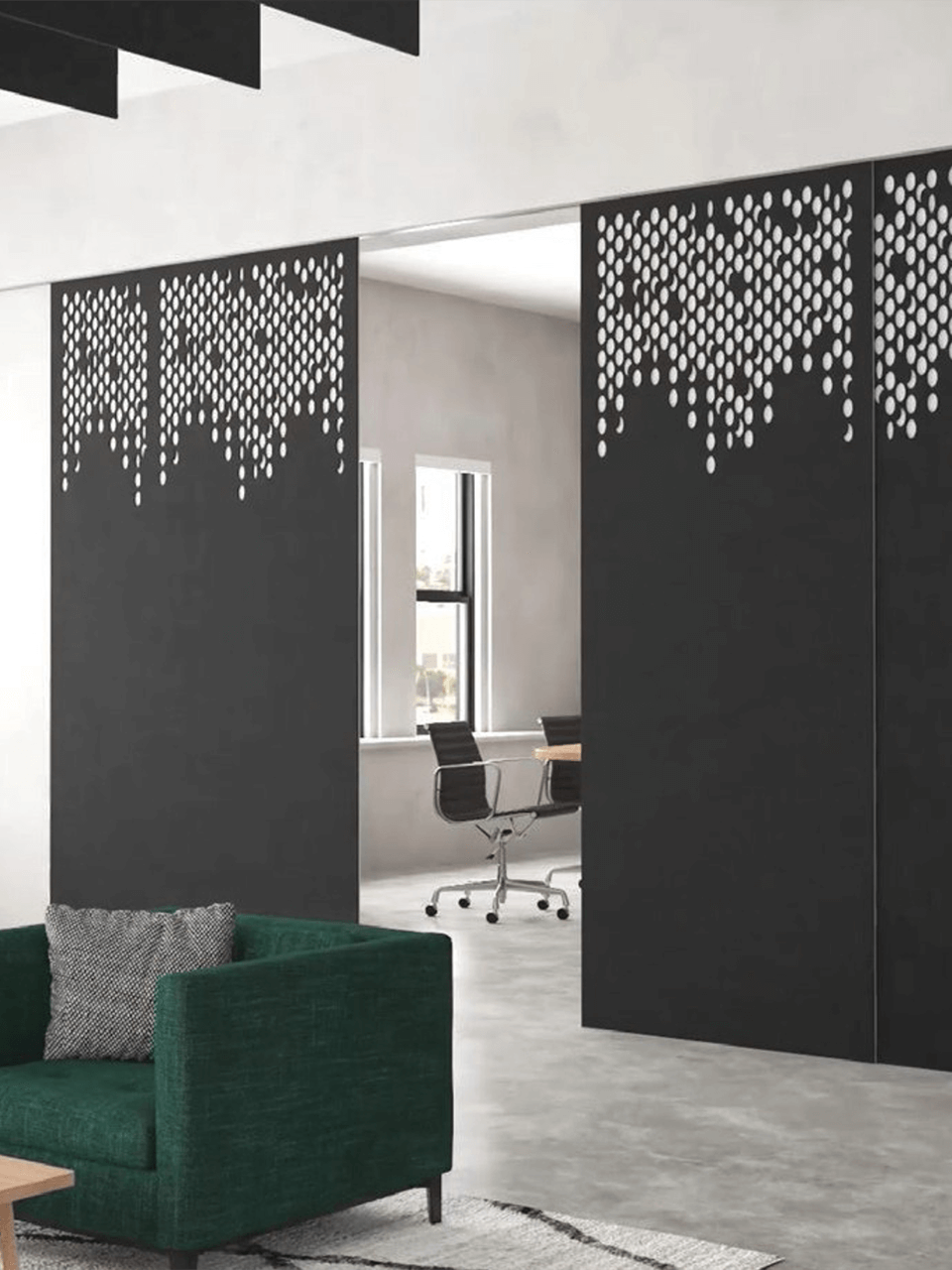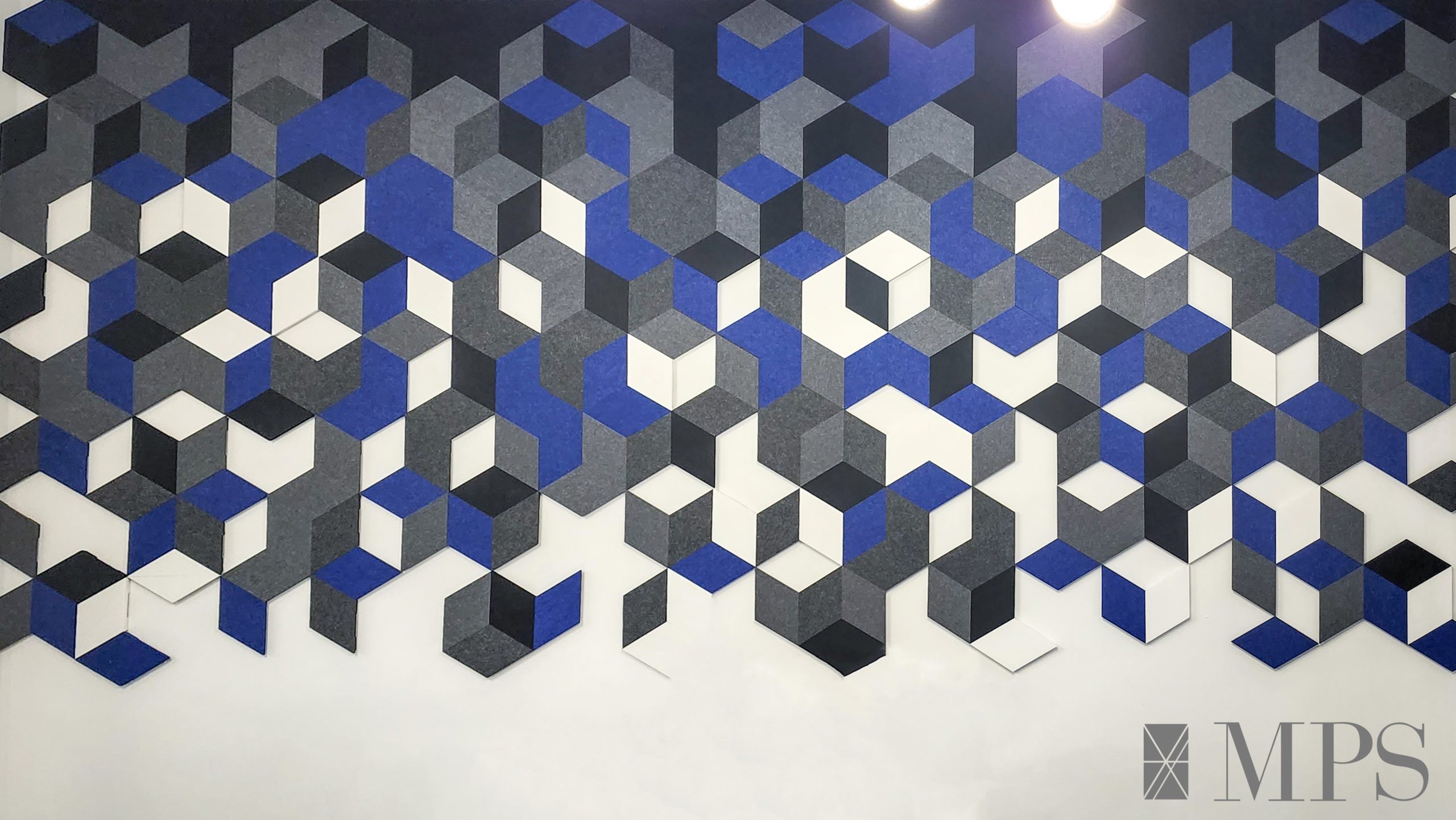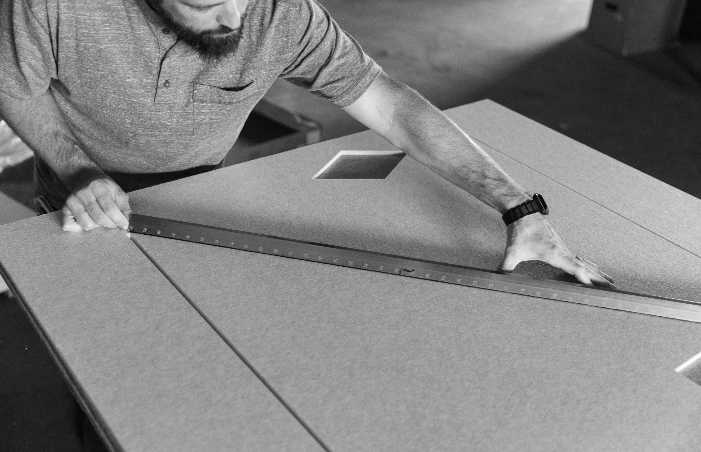Achieving Confidential Privacy in SCIFs
SCIFs are designed to make sure that confidential conversations stay that way, and you’ve been given the job of making sure your SCIF accomplishes that. You’ve probably read the applicable DCID directives, but as with many government documents, they use many words to describe what is ultimately a fairly simple concept: achieving high levels of speech privacy requires multiple tools.
What is “Speech Privacy” and How is it Achieved?

The Privacy Index
Speech Privacy – believe it or not – has long been a defined thing, according to ASTM standards. There are two ways to measure Speech Privacy:
- the Articulation Index (AI), which measures how intelligible speech is
- the Privacy Index (PI), which measures the unintelligibility of speech
As you can see, they’re both essentially saying the same thing using different words.
The Privacy Index defines several levels of Speech Privacy, but with a SCIF, there’s only one level that matters: Confidential Privacy, or a PI score of greater than 95%. This is a relatively difficult score to achieve, and you’ve got just three tools with which to achieve it.
The ABC’s of speech privacy
These tools are commonly referred to as “the ABC’s.” To improve the Privacy Index score of a given space, you can:
- Absorb – using acoustic panels or dividers can absorb distracting sounds as well as cut down on visual distractions.
- Block – installing partitions can reduce both acoustic and visual distractions.
- Cover – adding a source of unstructured, low-level background sound with a modern, adaptive sound masking system can cover distracting noise and increase speech privacy.
Most SCIF standards are focused on the A and B of speech privacy, and those will get you a pretty good Privacy Index score. But in order to achieve the high standards demanded by DCID requirements, limiting yourself to only those tools very frequently means you’re still in the Normal Privacy range. In order to put your SCIF over the top, you’ll very likely need a highly-uniform sound masking system.
How Sound Masking Works
Sound masking – the C of “the ABC’s” – is based on the phenomenon that when low-level background noise is added to an environment, intruding speech and noises are less intelligible. The term “white noise” is widely used when referring to speech privacy or sound masking systems, although these systems don’t actually use white noise.
The technology behind sound masking resulted from the realization by scientists and engineers that oral privacy is actually a simple matter of making speech unintelligible. That is, if each of us can’t understand what the other is saying, we have effectively established oral privacy – even though we may still be able to see and, to some extent, hear each other.
With this in mind, the important question of placement is answered: you mask the area where the speech is heard, not where it is spoken. In terms of a SCIF, this is alluded to in DCID 6/9. You would install the sound masking system around the perimeter of the SCIF, rendering speech unintelligible to those outside the SCIF, while not affecting the intelligibility of the protected discussions inside the SCIF. This is an important distinction, as many older-style covering products disrupt speech both inside and outside the SCIF.
Confidential Privacy – the sort required by ICD 705 – requires as many tools as you can bring to bear. Don’t leave your SCIF vulnerable – contact us today to make your SCIF more secure!

